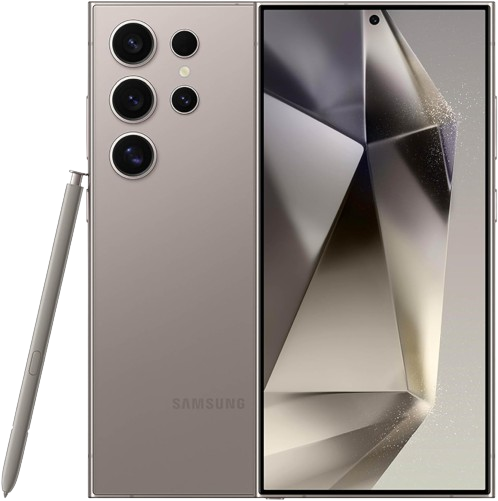The Samsung Galaxy S24 Ultra stands as a paragon of smartphone innovation, merging cutting-edge technology with seamless functionality. However, like any sophisticated device, it may encounter its share of issues, one of which is reduced touch sensitivity in cold conditions. This particular problem can be frustrating for users who rely on their devices in various environments. For an in-depth look at the Galaxy S24 Ultra and its features, you can visit this detailed review.
Understanding the reasons behind reduced touch sensitivity in cold conditions is crucial. Smartphones, including the Galaxy S24 Ultra, use capacitive touchscreens which rely on the electrical conductivity of your fingers to detect touch. Cold temperatures can affect this conductivity, leading to decreased sensitivity or responsiveness.
To address this challenge, here are 10 solutions to improve touch sensitivity in cold conditions.

Solution 1: Increase Touch Sensitivity Setting
Samsung provides an option to increase the touch sensitivity of the screen, which can be particularly useful when using screen protectors or in cold conditions.
How to do it:
- Navigate to Settings > Display.
- Look for the “Touch sensitivity” option and enable it. This setting boosts the screen’s sensitivity, making it more responsive to touch when wearing gloves or in cold environments.
Solution 2: Use Compatible Gloves
There are gloves designed specifically for use with touchscreen devices. These gloves have conductive materials in the fingertips, allowing for accurate touch interaction.
Selecting the right pair:
- Look for gloves labeled as “touchscreen compatible” or “conductive gloves.”
- Ensure they fit well to maintain dexterity while using your device.
Solution 3: Keep Your Device Warm
Keeping your device warm can prevent the reduction in touch sensitivity caused by cold temperatures.
Tips for keeping your device warm:
- Keep your Galaxy S24 Ultra in an inner pocket close to your body when not in use.
- Use an insulated phone case designed to retain heat.
Solution 4: Calibrate Your Touch Screen
Some devices offer the option to calibrate the touch screen, which can enhance its sensitivity and accuracy.
Calibration process:
- Look for a touch screen calibration tool in your device settings or use a third-party app.
- Follow the on-screen instructions to calibrate the screen.
Solution 5: Restart Your Device
A simple restart can resolve many minor glitches, including touch sensitivity issues.
Restarting your device:
- Press and hold the Power button.
- Select “Restart” from the options that appear.
- Wait for the device to reboot and check if the sensitivity improves.
Solution 6: Update Your Device
Software updates often include fixes for known issues, including touch screen sensitivity.
Updating process:
- Go to Settings > Software update.
- Tap on “Download and install” to check for updates.
- Follow the prompts to install any available updates.
Solution 7: Adjust Screen Protector
If you’re using a screen protector, ensure it’s properly applied and free of air bubbles, as these can affect touch sensitivity.
Adjusting your screen protector:
- Carefully reapply the screen protector, making sure it’s smooth and well-aligned.
- Consider using a thinner, high-quality screen protector designed for touch sensitivity.
Solution 8: Avoid Moisture
Moisture can interfere with the capacitive touchscreen’s function, reducing sensitivity.
Preventing moisture issues:
- Keep your device dry and avoid using it with wet hands.
- Use a waterproof case if you’re in a moist or snowy environment.
Solution 9: Use a Stylus
A stylus designed for capacitive screens can offer precise input in cold conditions where touch sensitivity may be reduced.
Choosing a stylus:
- Select a stylus compatible with capacitive touchscreens.
- Opt for a stylus with a fine tip for accuracy.
Solution 10: Factory Reset
If all else fails, a factory reset can resolve underlying software issues affecting touch sensitivity. Remember, this will erase all data on your device, so back up your data first.
Performing a factory reset:
- Go to Settings > General management.
- Tap on “Reset” and choose “Factory data reset.”
- Follow the instructions to reset your device.
Bonus Tip: Monitor Battery Health
Cold conditions can also affect your device’s battery performance. Monitoring and maintaining your device’s battery health can indirectly improve overall functionality, including touch sensitivity.
By implementing these solutions, you can enhance the touch sensitivity of your Galaxy S24 Ultra in cold conditions, ensuring a seamless user experience regardless of the environment.

Leave a Reply